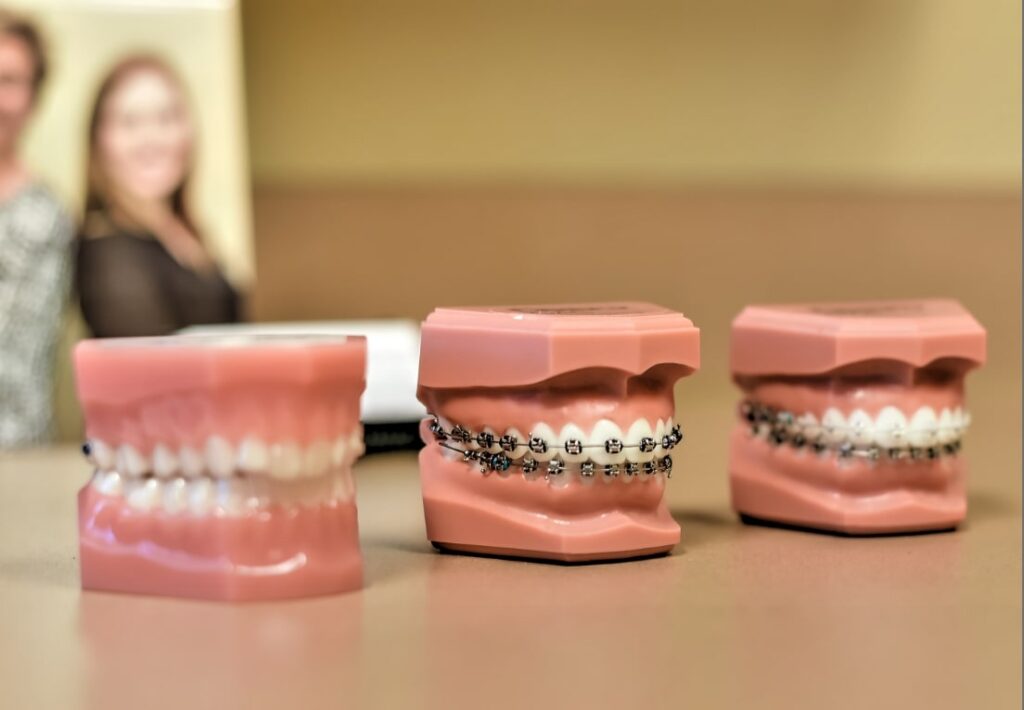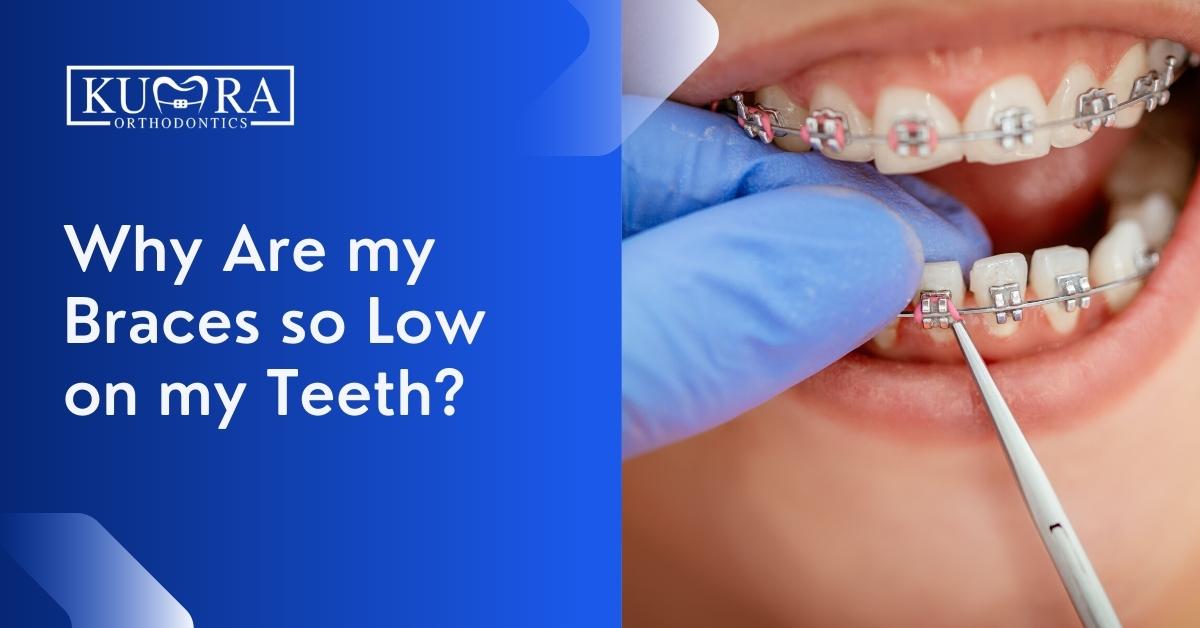How Cumming Orthodontics Addresses Common Braces and Invisalign Issues
How Cumming Orthodontics Addresses Common Braces and Invisalign Issues
Blog Article
Comprehensive Overview to Orthodontics Procedures for Dealing With Oral Misalignments
In the realm of orthodontics, the journey to achieving a flawlessly lined up smile entails a myriad of procedures tailored to deal with dental misalignments. From traditional dental braces to unnoticeable aligners and even medical alternatives, the field of orthodontics offers a variety of remedies to address varying levels of oral abnormalities. Understanding the complexities of each treatment, including their devices, benefits, and prospective drawbacks, is critical in making notified decisions regarding one's orthodontic therapy. As we navigate with the comprehensive guide to orthodontic procedures for remedying dental misalignments, the intricate information of each technique will unfold, shedding light on the course toward a harmonious and useful dental positioning.
Orthodontic Procedures Introduction

Normal modifications and monitoring are crucial parts of orthodontic treatment to make certain development is on track and to make any required alterations along the way. By going through orthodontic treatments, patients can not just achieve a straighter smile but likewise boost their general oral wellness and feature.
Typical Braces: Exactly How They Work
When taking into consideration orthodontic therapies for oral imbalances, standard dental braces stand out as a time-tested approach for remedying teeth positioning. Conventional dental braces consist of brackets, cables, and bands that work together to apply continual pressure on the teeth, slowly relocating them right into the wanted placement.
One key facet of exactly how standard dental braces work is the process of bone makeover. As stress is used to the teeth with the dental braces, the bone bordering the teeth is reshaped to sustain the brand-new tooth settings. This improvement is necessary for the long-lasting security of the fixed alignment. Patients will certainly need regular changes at the orthodontist's workplace to ensure the braces proceed to apply the correct stress for reliable teeth movement.
Invisible Aligners: Disadvantages and pros
Invisible aligners provide a hassle-free and discreet option to standard braces for remedying dental misalignments. These clear, custom-made trays are virtually invisible when worn, making them an attractive option for individuals seeking a much more cosmetically pleasing orthodontic therapy. One of the primary advantages of unseen aligners is their removability, permitting simpler maintenance of dental health contrasted to traditional braces. Clients can remove the aligners before eating or brushing their teeth, decreasing the danger of food getting stuck in the appliance and simplifying the cleaning process.

Surgical Orthodontic Options
Surgical interventions in orthodontics existing practical choices for attending to complex dental misalignments that may not be properly dealt with via traditional orthodontic treatments. While standard dental braces and unnoticeable aligners can fix lots of orthodontic concerns, specific instances call for surgical intervention to accomplish ideal outcomes. Surgical orthodontic alternatives are generally suggested for serious malocclusions, substantial jaw discrepancies, and situations where the underlying bone structure requires adjustment to attain correct placement.
One common surgical orthodontic procedure is orthognathic surgery, which entails rearranging the jaws to correct functional issues such as difficulty chewing or speaking. This surgery is typically done in partnership with an orthodontist who assists line up the teeth before and after the procedure. Surgical orthodontics might also include procedures to expose impacted teeth, remove excess periodontal cells, or improve the jawbone to produce a much more harmonious facial profile.
Before taking into consideration medical orthodontic choices, clients undergo a comprehensive evaluation to determine the requirement and potential benefits of such treatments. cumming orthodontist. While surgical treatment may appear overwhelming, it can dramatically enhance both the function and aesthetics of the smile in instances where standard orthodontic treatments drop short
Retainers and Post-Treatment Treatment

Post-treatment treatment involves adhering to the orthodontist's instructions faithfully. This might include correct oral health methods, participating in follow-up visits, and putting on the retainers as recommended. Failing to comply with post-treatment treatment instructions can lead to regression, where the teeth slowly return towards their original placements. Consistent retainer wear, excellent oral hygiene, and normal dental examinations are essential for preserving the outcomes achieved with orthodontic surgery and guaranteeing the lasting stability of the corrected oral alignment.
Conclusion
To conclude, orthodontic procedures use numerous options for correcting oral misalignments. Traditional braces utilize steel brackets and cables to move teeth into appropriate positioning. Undetectable aligners give an even more very discreet choice yet might not be suitable for all cases. Surgical orthodontic options are offered for much more serious misalignments. Retainers are typically used post-treatment to maintain the new placement. On the whole, orthodontic treatments can properly enhance dental health and wellness and aesthetic appearance.
As we browse with the detailed guide to orthodontic treatments for remedying dental imbalances, the complex details of each approach will certainly unfold, losing light on the course toward a functional and unified dental placement. - cumming braces
One of the most typical orthodontic treatments is the use of braces, which are composed of metal braces and wires that use gentle stress to gradually change teeth into the wanted setting.When considering orthodontic therapies for dental imbalances, traditional dental braces stand out as a time-tested technique for correcting teeth placing. Additionally, undetectable aligners may not be ideal for complicated orthodontic concerns that need even more significant teeth motion, as they are cumming aligners typically suggested for light to moderate situations. Retainers are custom-made orthodontic tools made to hold teeth in their fixed settings after the conclusion of orthodontic treatment.
Report this page